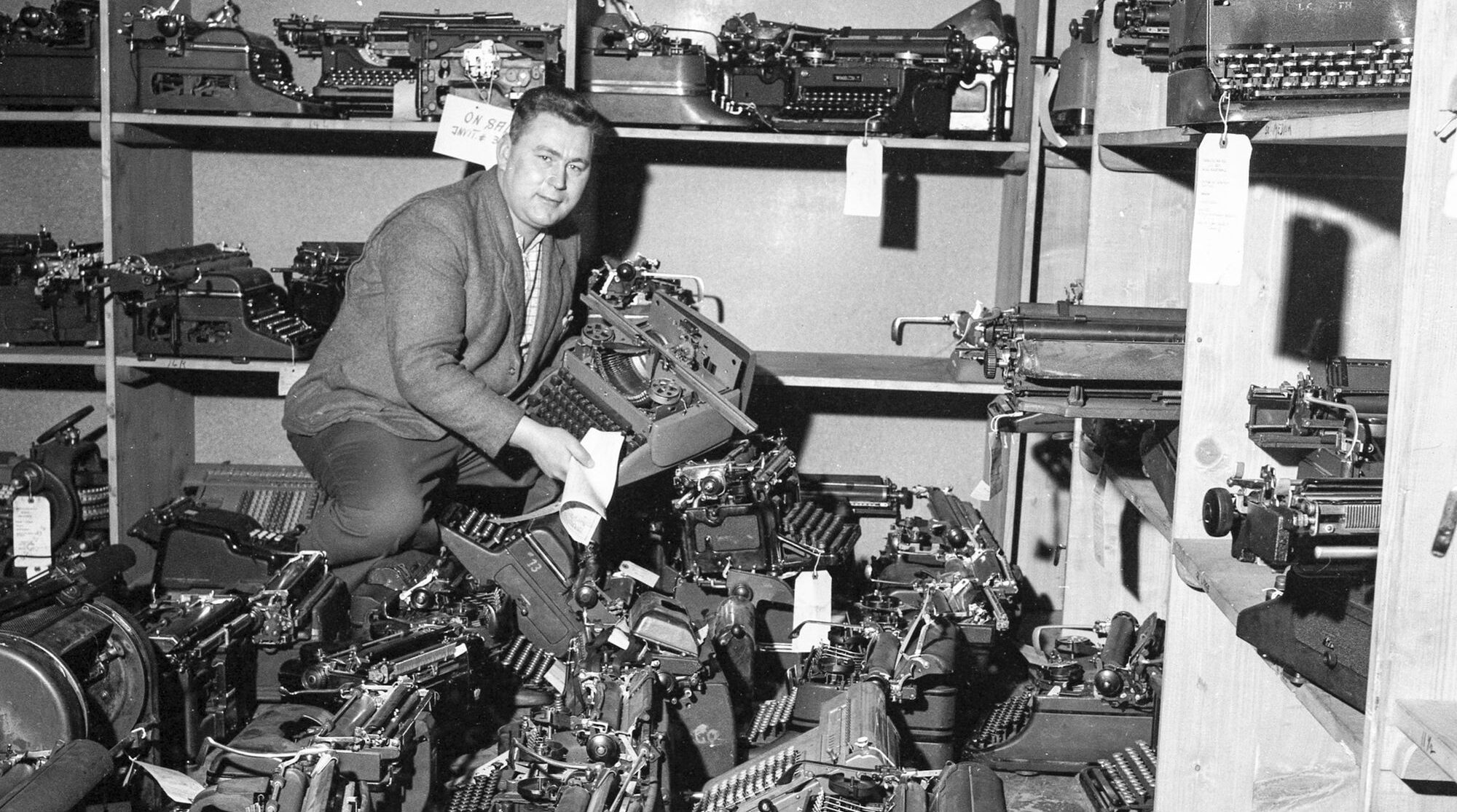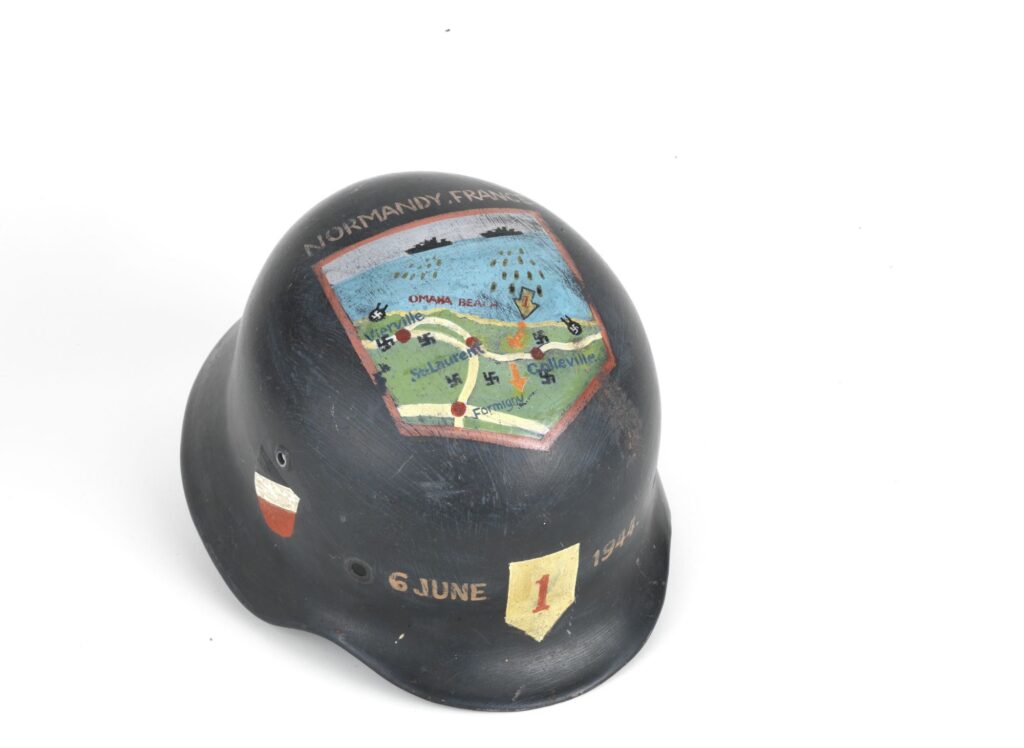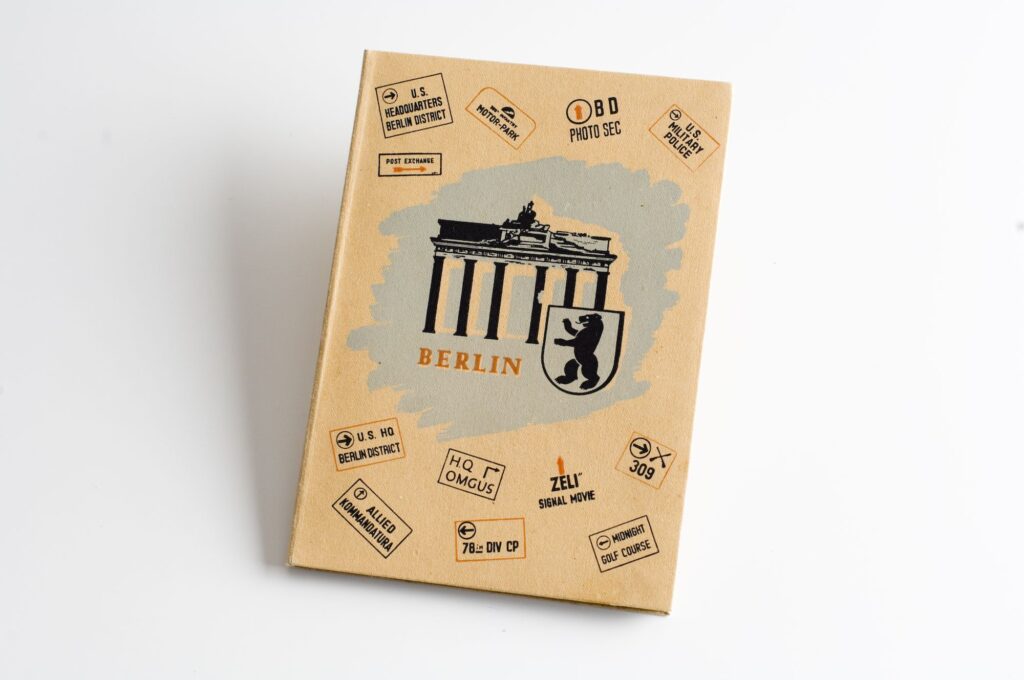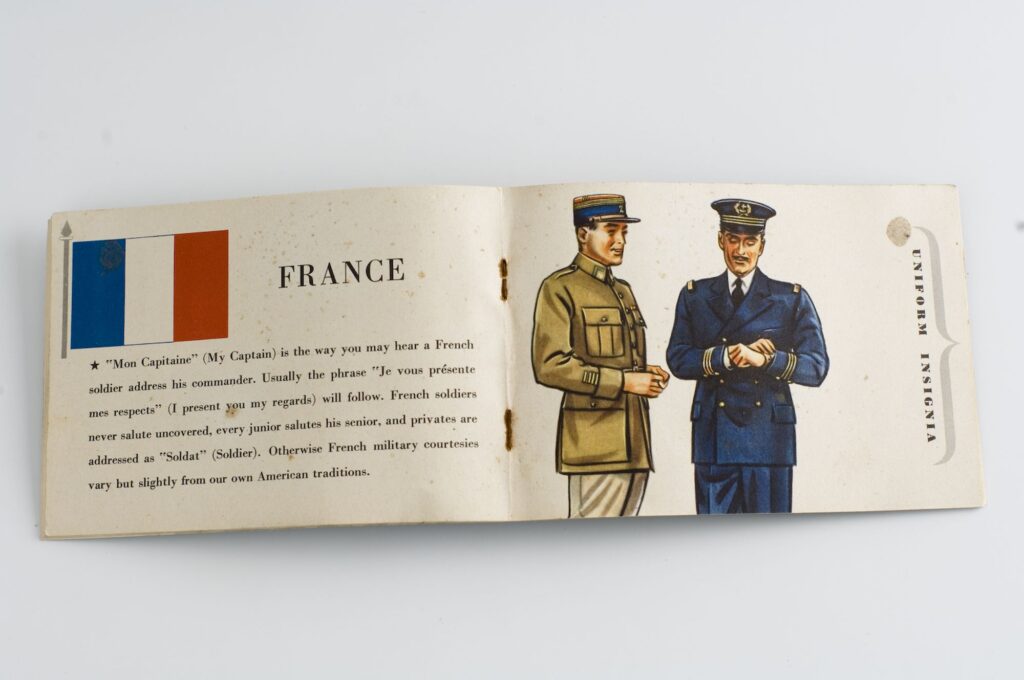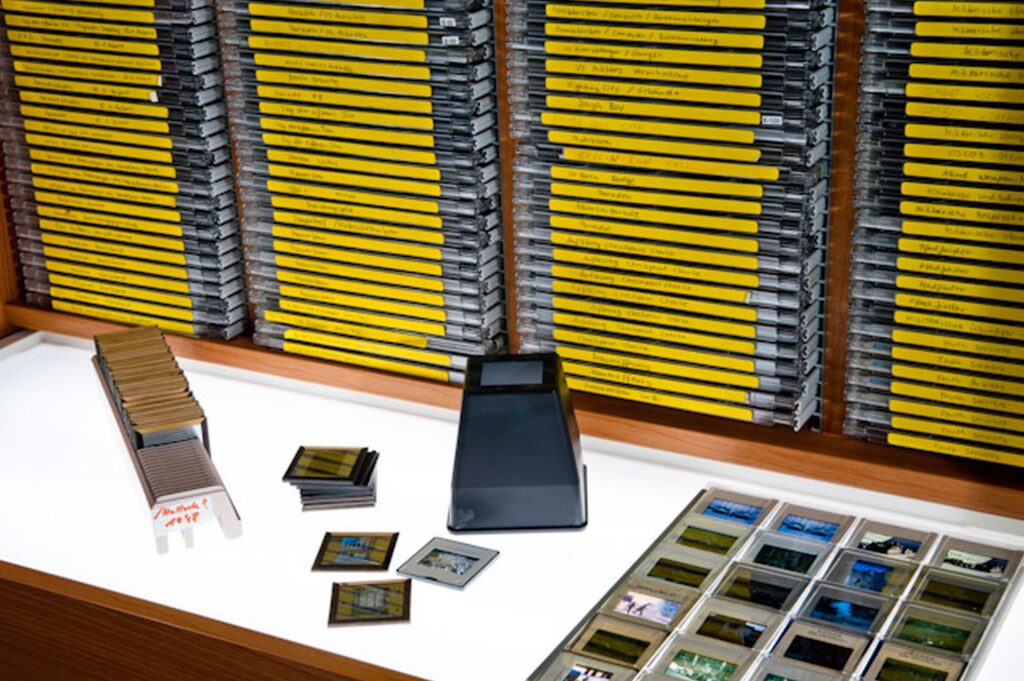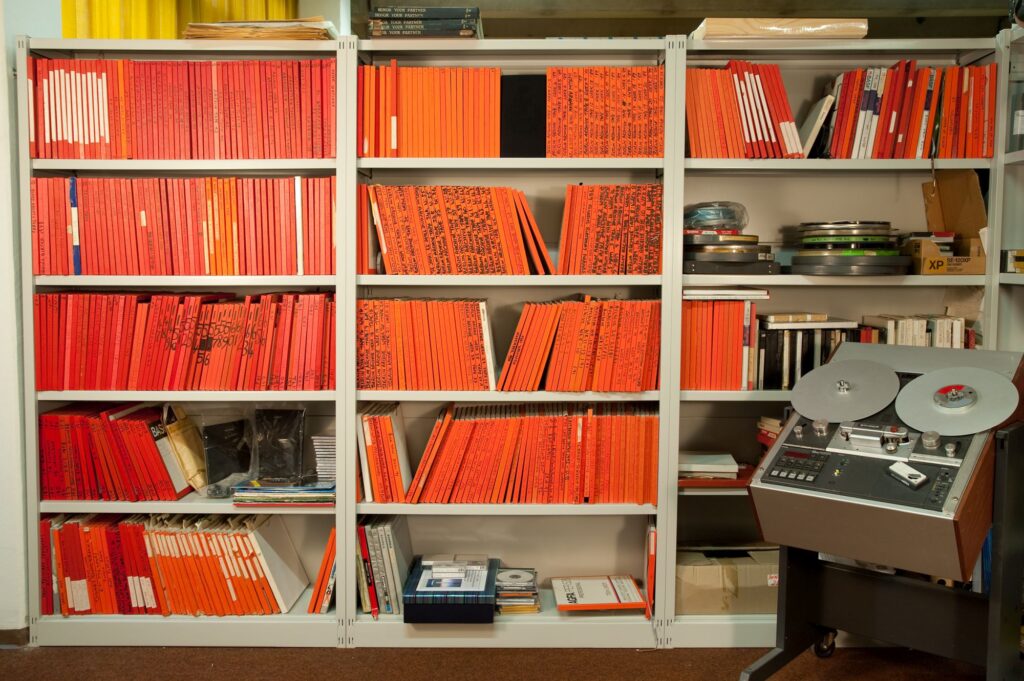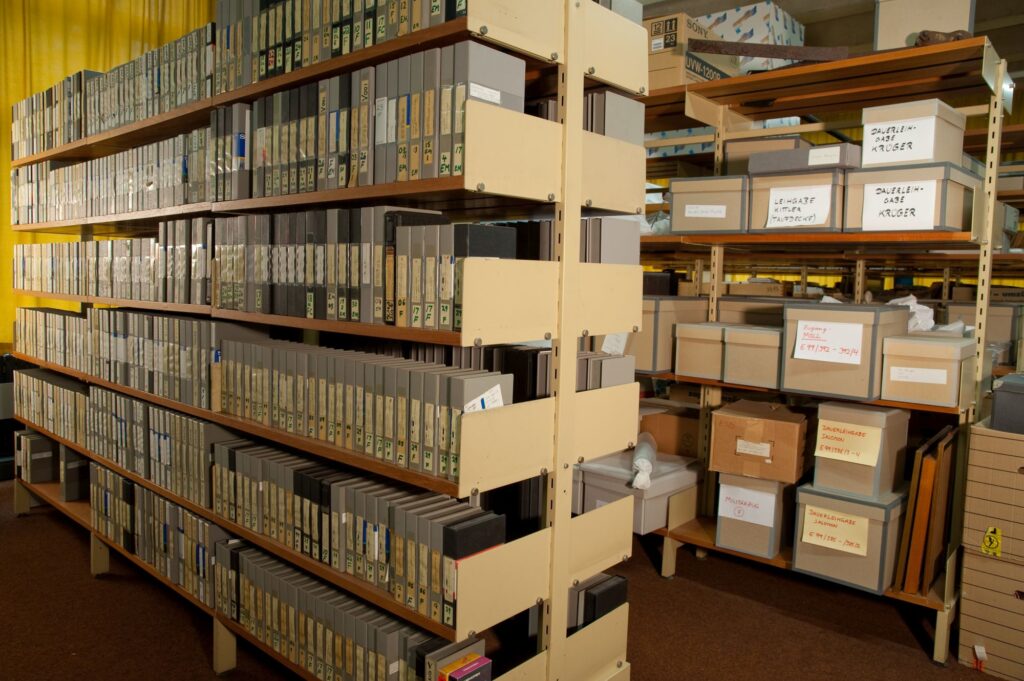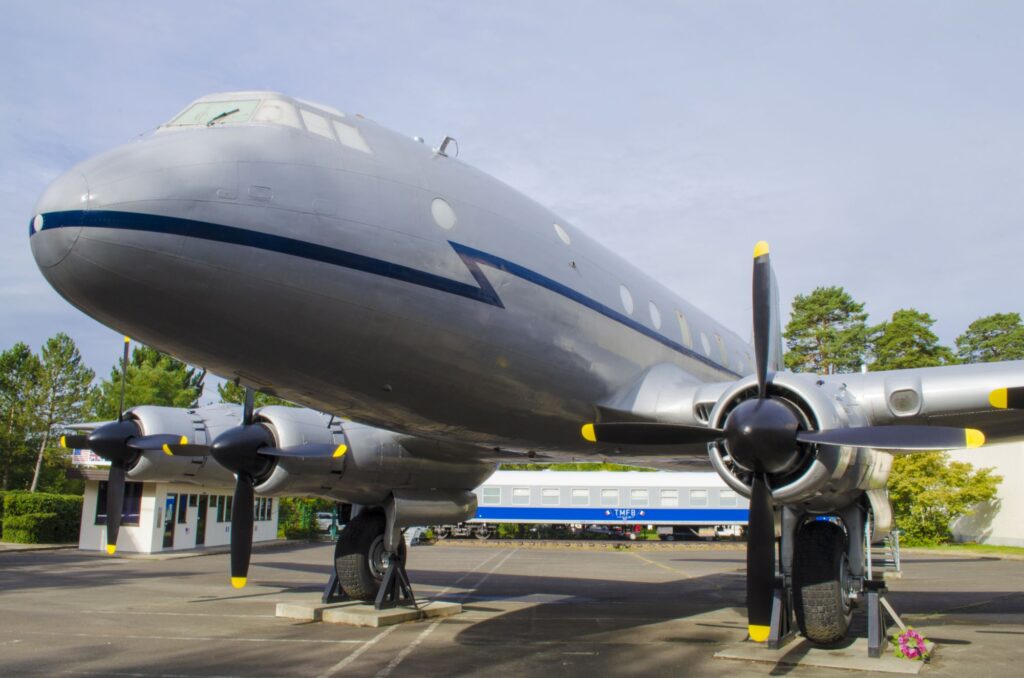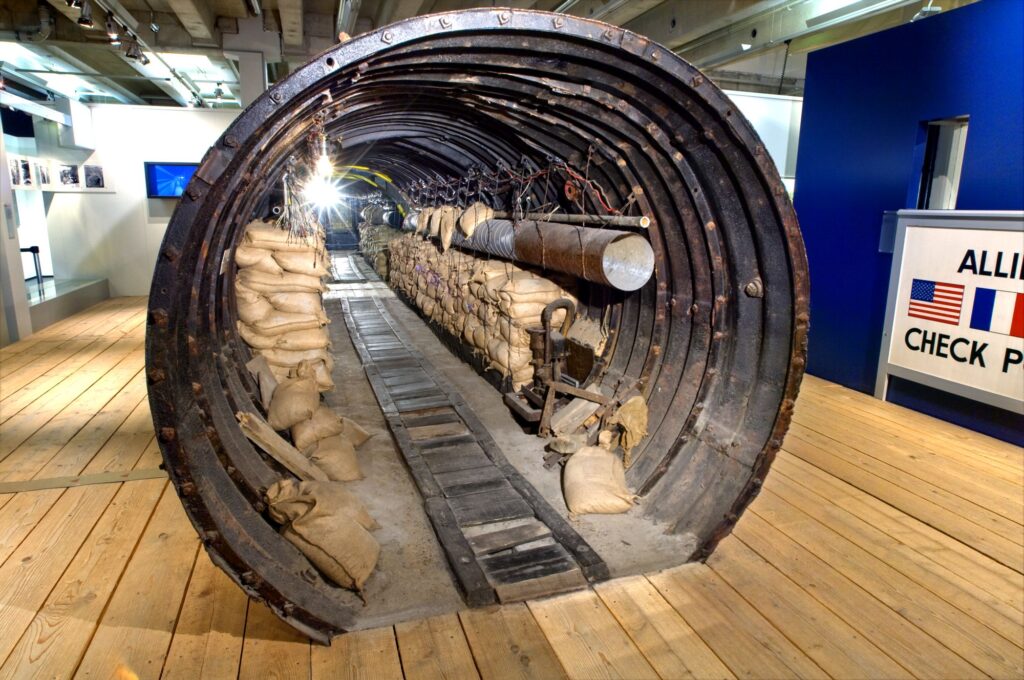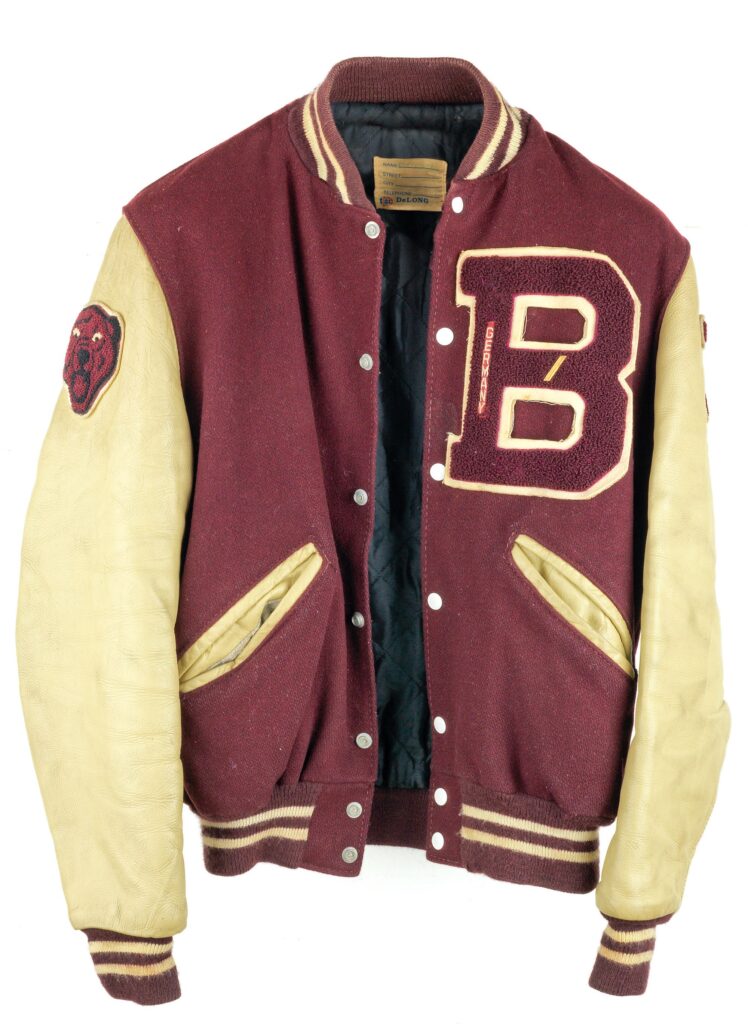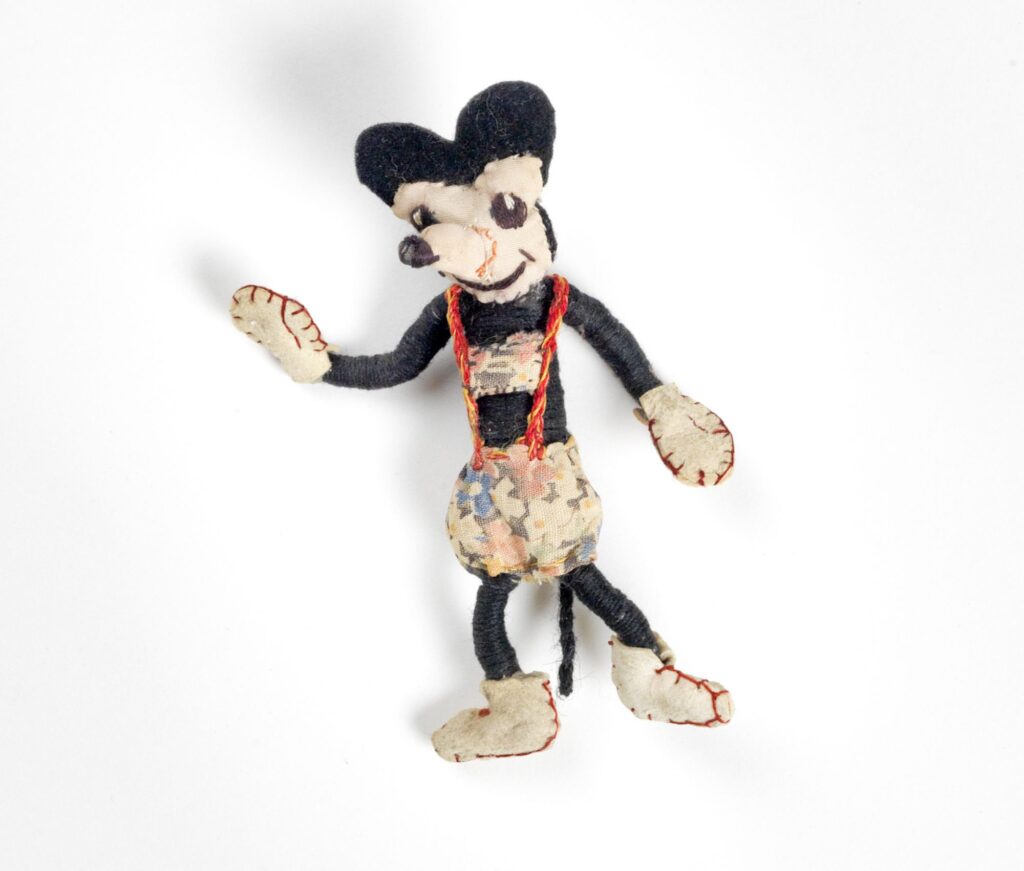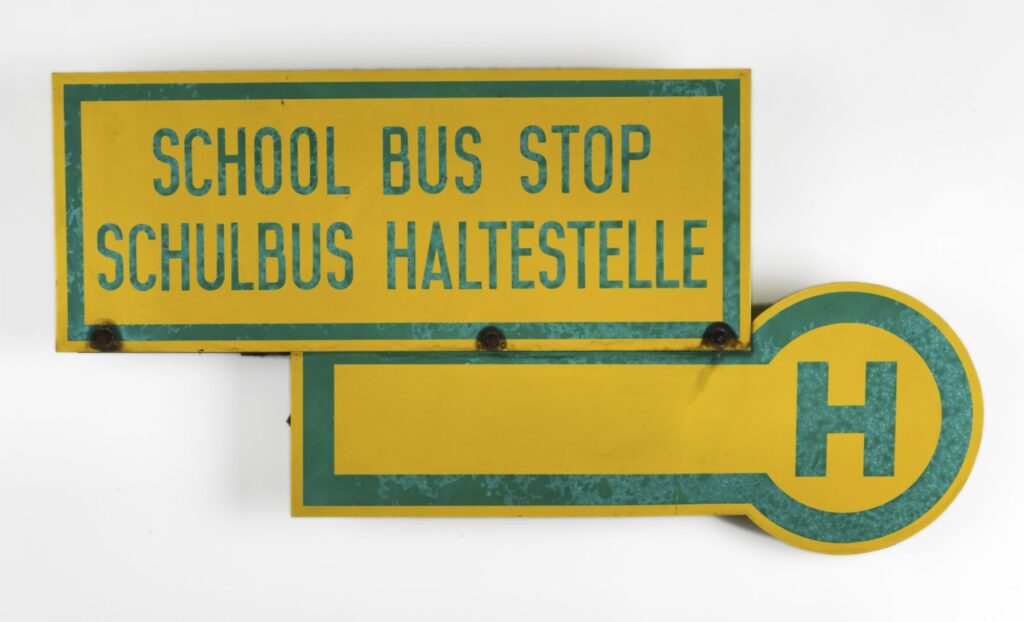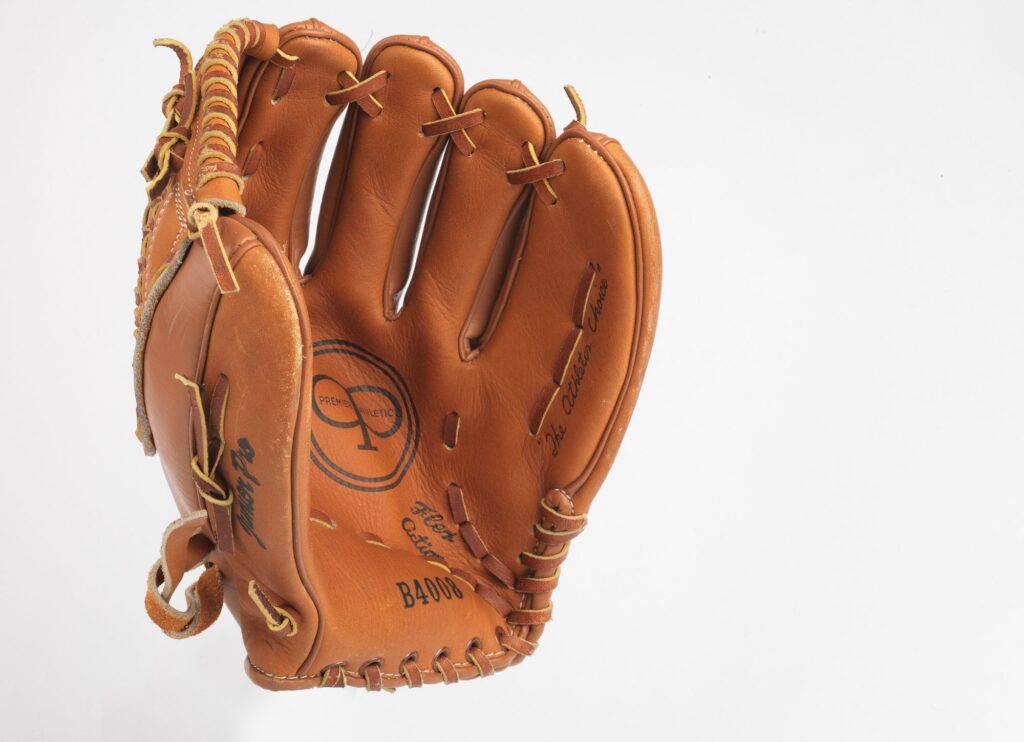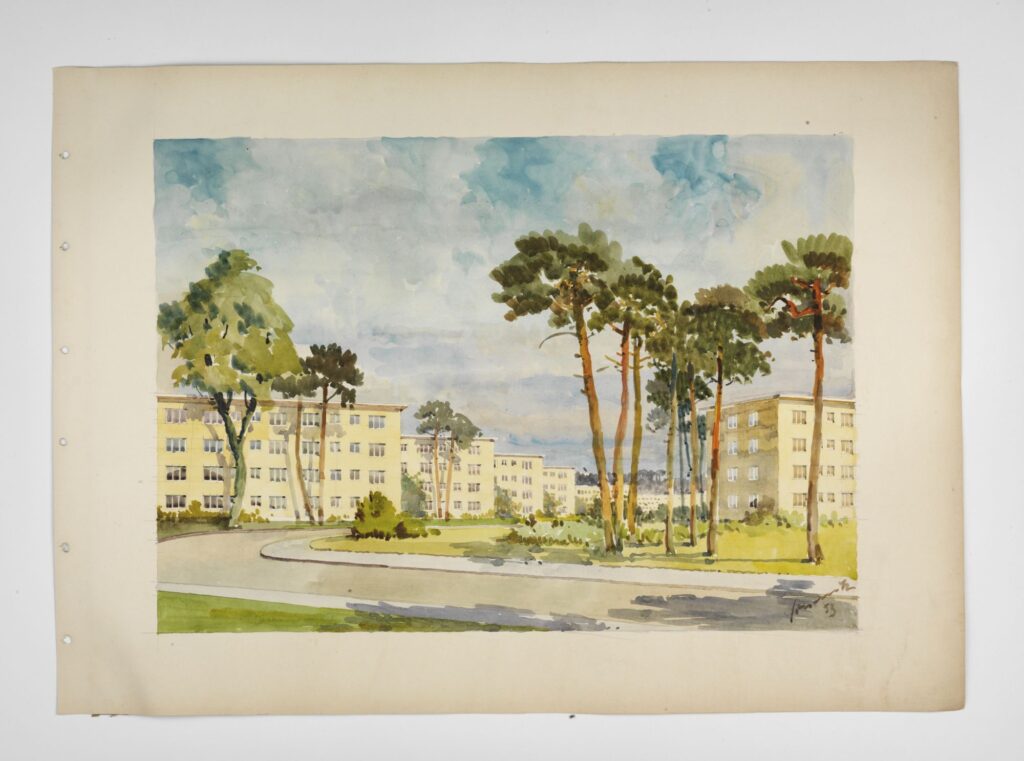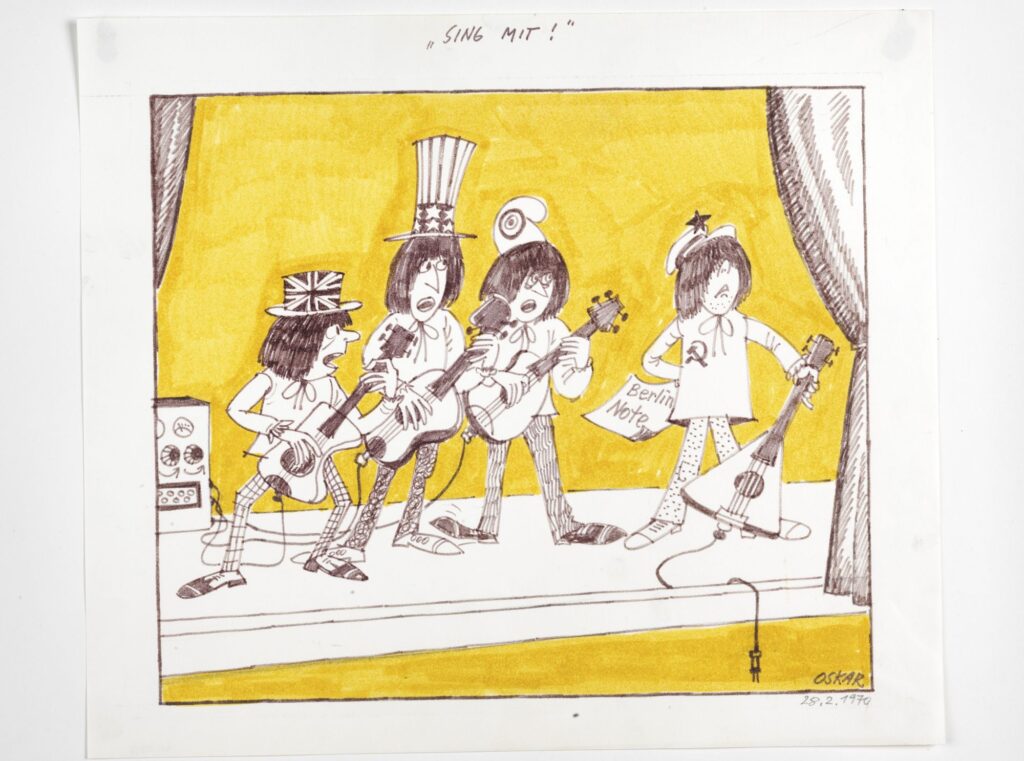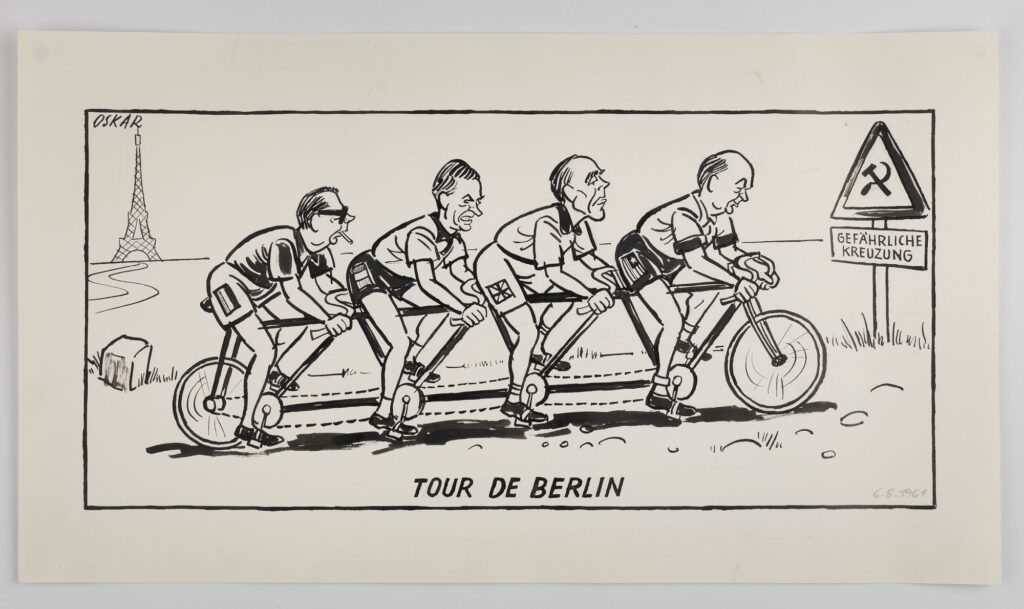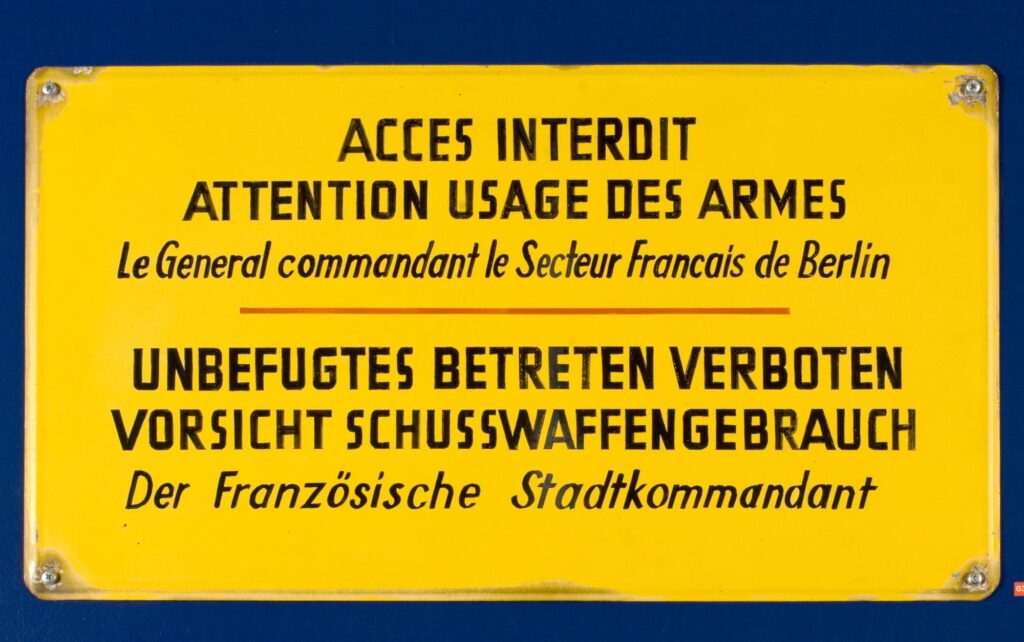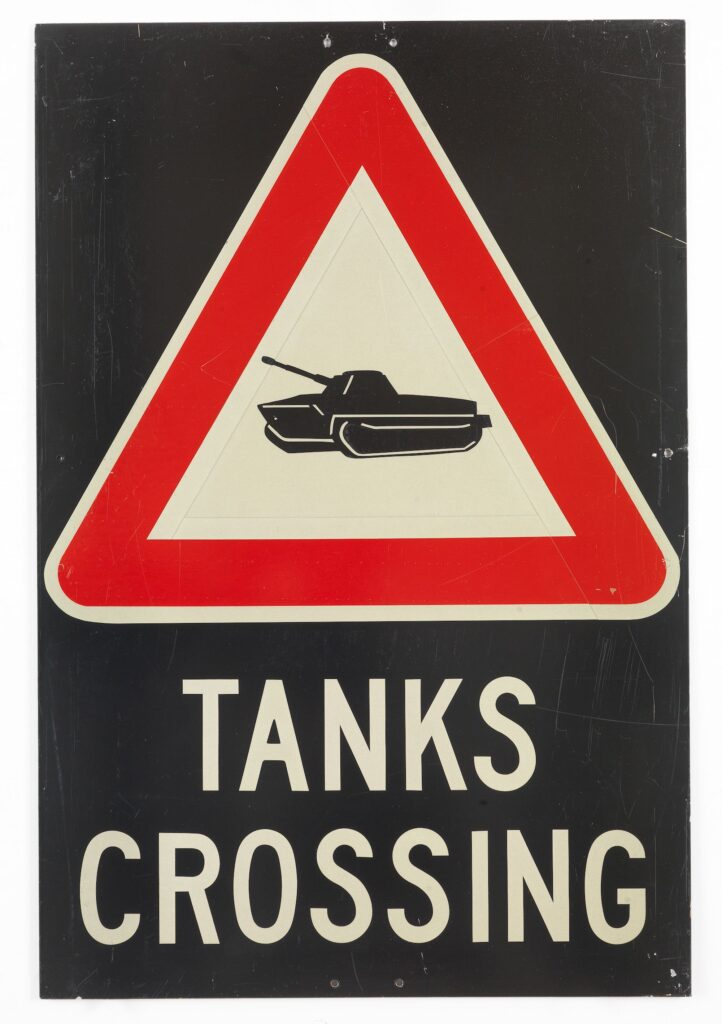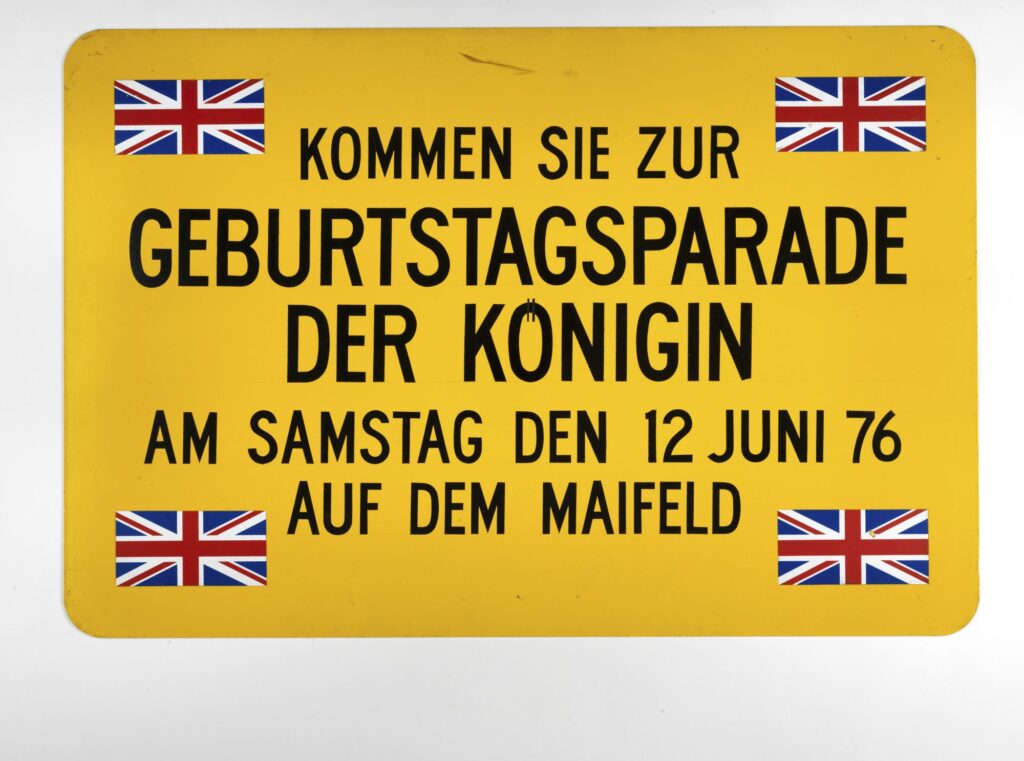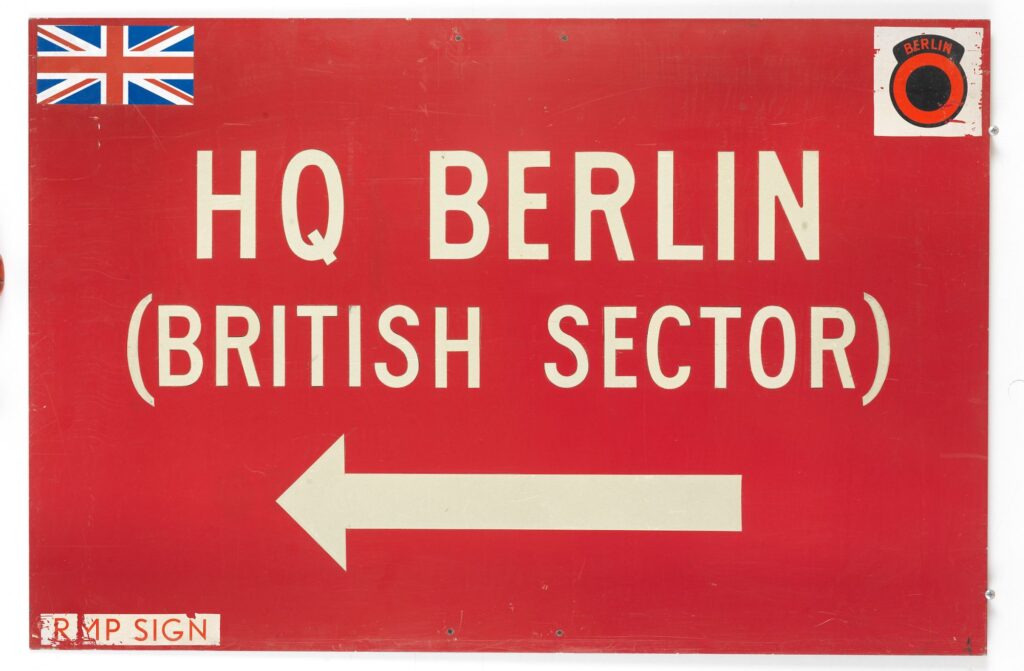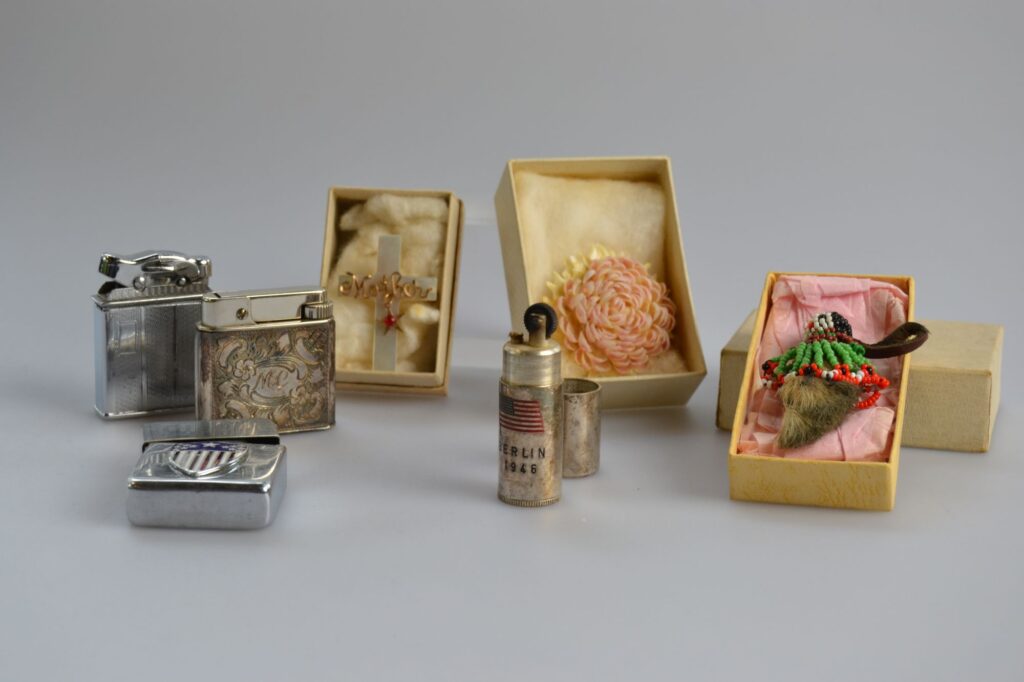When the Western powers bid farewell to Berlin in 1994, they put a wide range of important objects relating to their nearly 50-year presence into our care, laying the foundation for our collection. And our collection continues to grow, for example through gifts from veterans, former civilian employees and contemporary witnesses.
Our task is to record, administer and preserve for future generations approximately 500,000 objects according to scholarly criteria. The geographical focus is Berlin. We also collect and preserve materials from the garrisons of other regions in Germany. As a lender, we also act as a partner for museums in Germany and abroad.
Our Collection Areas
Collection online
We provide glimpses of our collection. Here you can search our holdings, which we have made accessible online via the platform museum-digital. You will also find our objects in the Deutsche Digitale Bibliothek and Europeana.
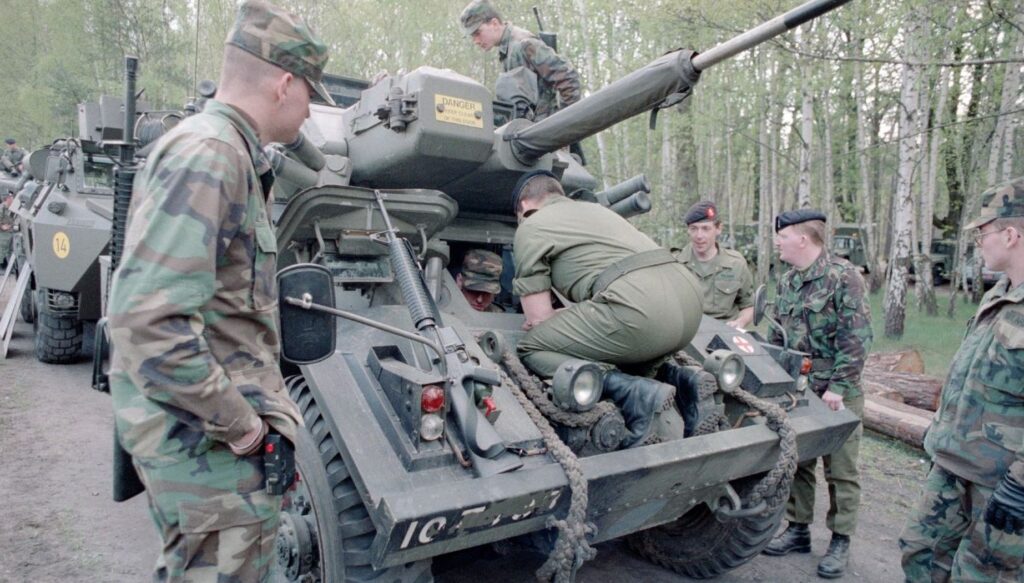
Object in focus
Every once in a while, the Museum presents a particular object, whether it is newly acquired, freshly restored or is of renewed interest because of a historical anniversary. Here you will find fascinating stories around the striking or nondescript objects left behind by the Western powers. Let us surprise you.
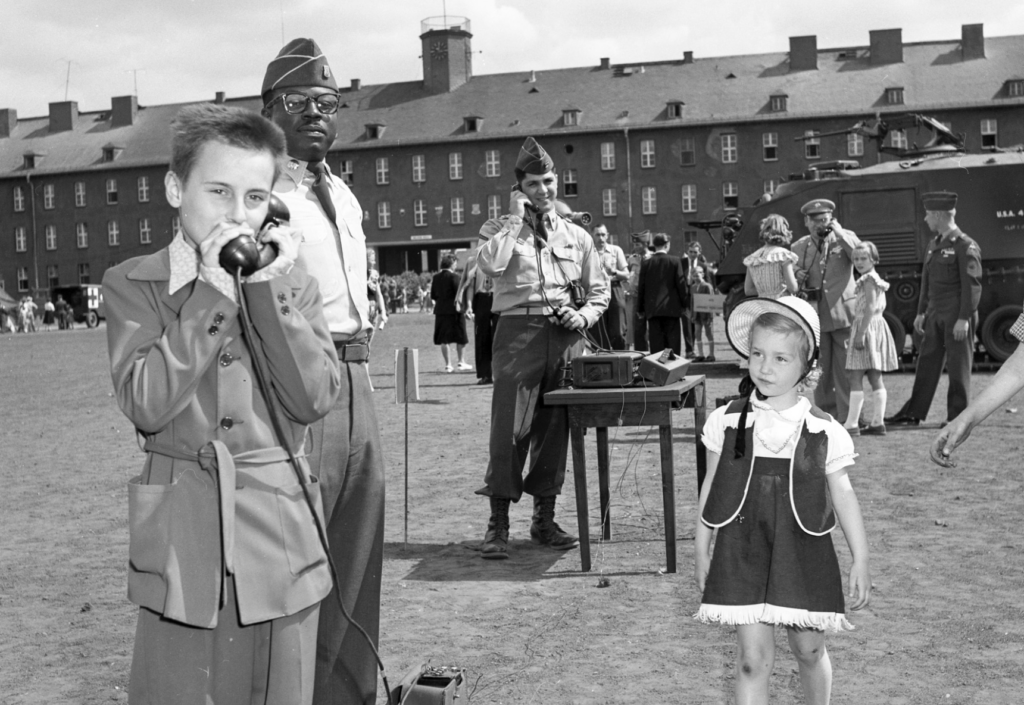
Share your memories with us!
Have you kept objects, newspapers, documents or photos recalling the presence of the Western powers that you would like to make available to the Allied Museum? Would you like to preserve your personal experiences with the Western powers for future generations by giving a contemporary witness interview? Please get in touch with us!
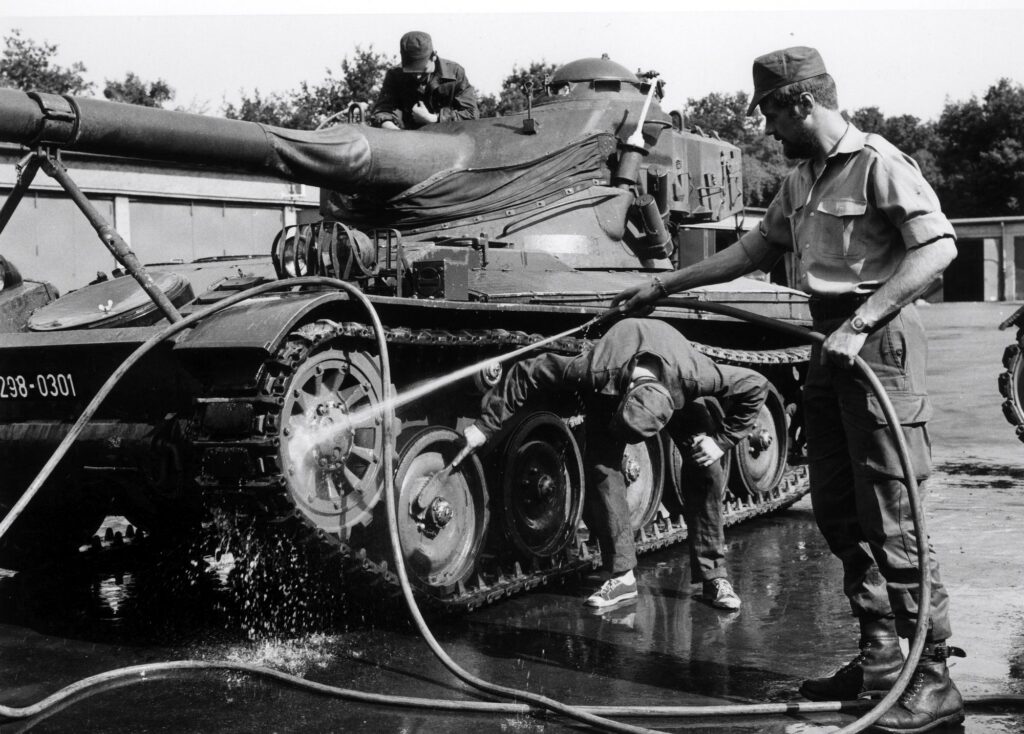
Questions about the collection?
You are conducting research on the history of the Cold War and would like to use our holdings? You work for a Museum or exhibition space and are interested in borrowing an object?

